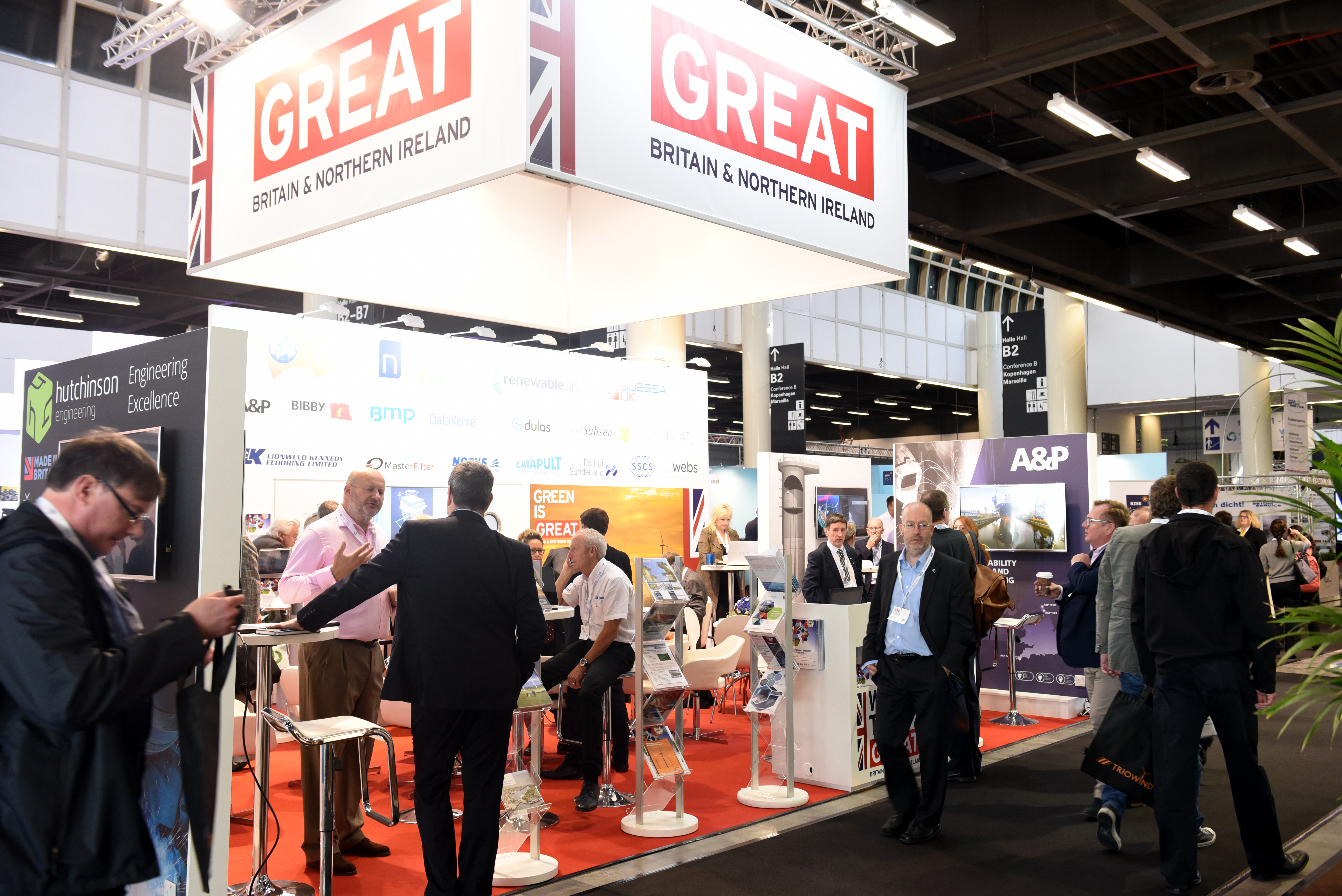
As a session chair, I was very fortunate to be able to attend the whole of WindEurope’s WindEnergy Hamburg 2018 conference and gleaned insights from a host of presentations and panel debates.
The conference was arranged around four broad themes:
Let’s look at each theme in a little more detail.
Similar to the picture in the UK, throughout Europe, the power industry has been leading the way in decarbonising. Progress in moving to clean sources of electricity generation has not been matched by advances in decarbonising the transport, heating and buildings and industrial sectors. The scope for emissions reduction in these sectors is enormous and reaching anything like the full potential will require a concerted effort on multiple fronts. On the supply side, electrification of heat and transport will play a key role, as will increased system-level thinking in areas like district heating. On the demand side, further progress is required in energy efficiency in buildings and tools like smart metering to allow people (both domestically and in industry) to make energy consumption choices which benefit the power system.
Putting the right systems and tools in place is critical, but of absolute fundamental importance is the need for changes in peoples’ behaviour. Even if the supply network and market can be joined up in a way which allows consumers to understand the benefits of shifting energy usage to different times or forms, this does not guarantee they will act on that understanding. Attitudes need to be changed over time through education and concerted initiatives; it is not merely a matter of providing pricing signals.
The theme of data and digitalisation covers a number of headings and has potential to add massive value across the entire energy spectrum. The following focusses on those which I could more or less get my head around – there are many, many others.
Wind farm operation and control
Operating turbines produce masses of data every second and so, perhaps naturally, much of the discussion focussed on the role of digitalisation in optimising the return from operating assets. Continued improvements in condition monitoring are expected to lead to further cost reductions and the IEA has estimated that operating costs could be reduced by 5% through moving to more digitalised control. Some of GE’s customers have reported annual savings of $5-7.5k per turbine from improved analytics.
Operations will benefit from creating standardised, efficient workflows. In corrective maintenance, with appropriately analysed data, operators will have more specific understanding of the fault and the parts and expertise needed before sending a technician, reducing cost and downtime.
More work is required on understanding various elements, including: the information and knowledge required for optimised decision-making; the data being produced at asset level; and the processes required to turn that data into the required decision-making information. Operators need to be able to turn data-driven insights into actions and turn those actions in positive outcomes. In short, operators need to connect, analyse, fix.
Equipment design
The overall feeling was that operators are very much on-board with the need for digitalisation, but more is needed from the OEM side to build this in to the value offering. Improved feedback loops are required from performance data into design of new equipment and services. Related to this, there is still need for agreement on what data needs to be shared between different parties, and who owns that data.
Grid integration and balancing
The whole area of grid integration of wind generation can benefit greatly from creating and using appropriate operational data. Improved capture and transmission of availability and related data can provide better and more immediate signals to grid operators on generation. Detailed analysis on historic asset behaviour in different weather conditions can be mapped on to forecast weather conditions to better predict wind farm output to the grid. Linking data feeds from all individual wind farms with relevant sections of the grid can enable improved overall system planning and operation.
In addition to helping smoother grid operation, quality data can be key to enabling wind farms to access the balancing market, providing an additional revenue stream. This takes on increasing importance as direct revenue support decreases and the industry moves towards zero subsidy.